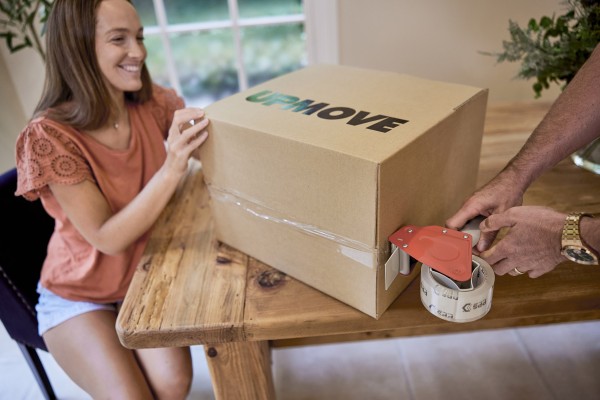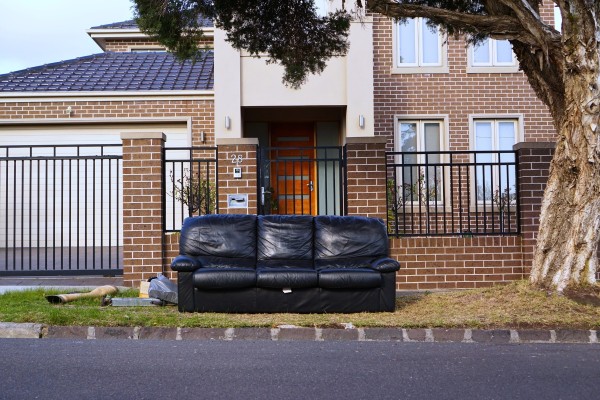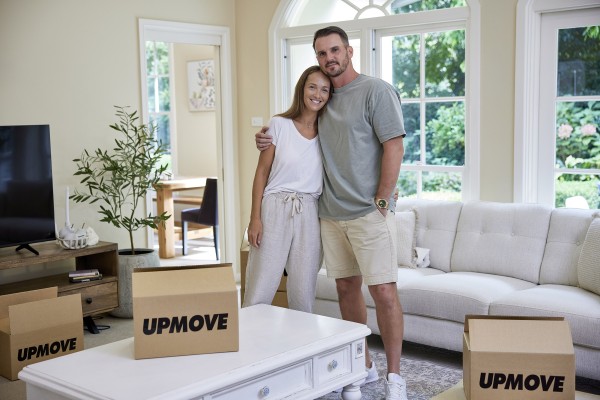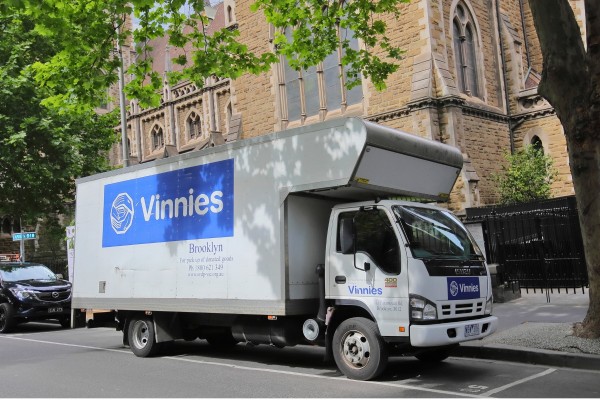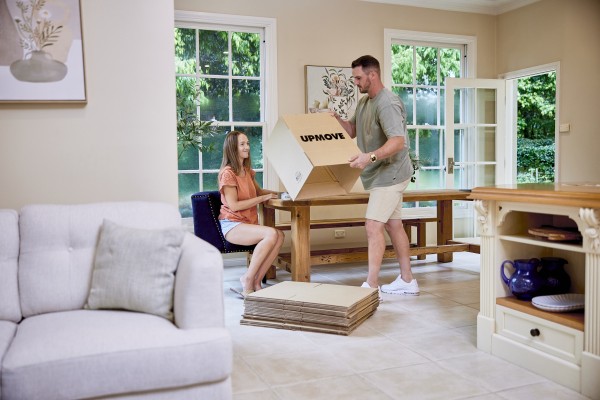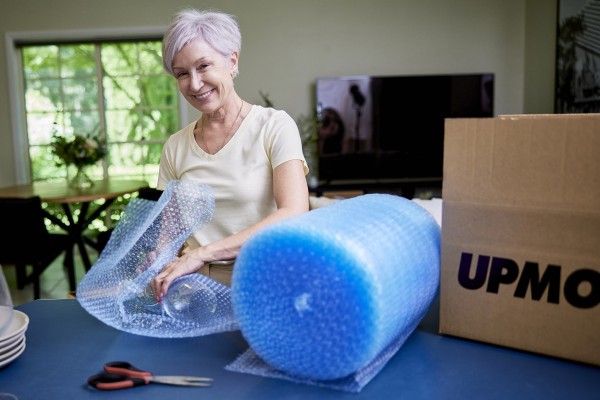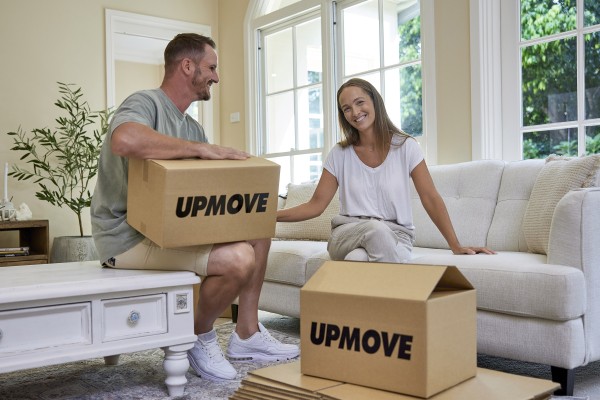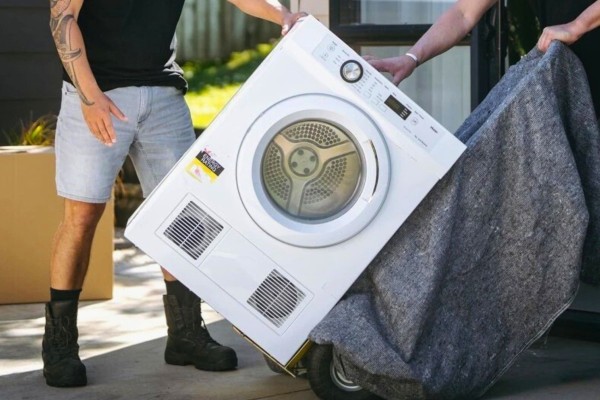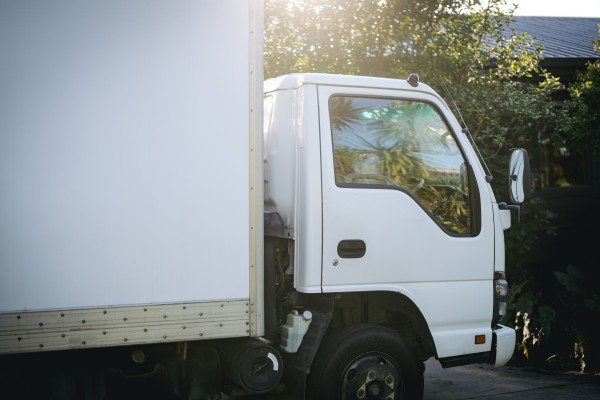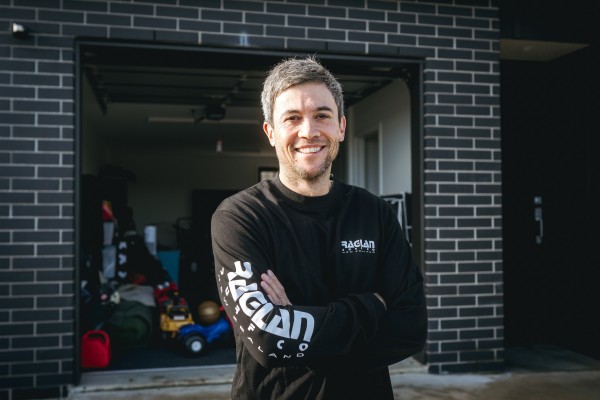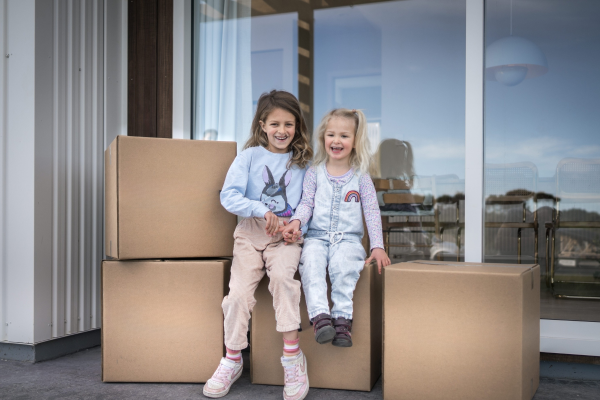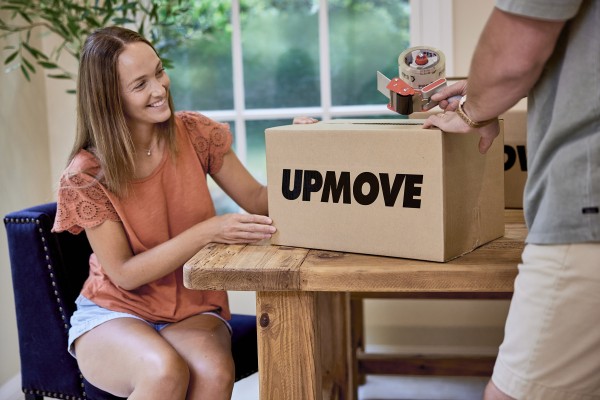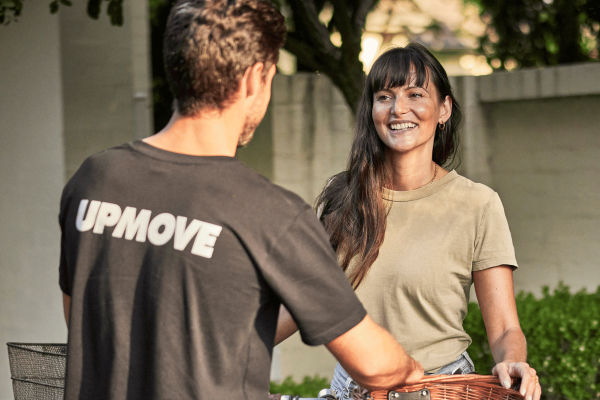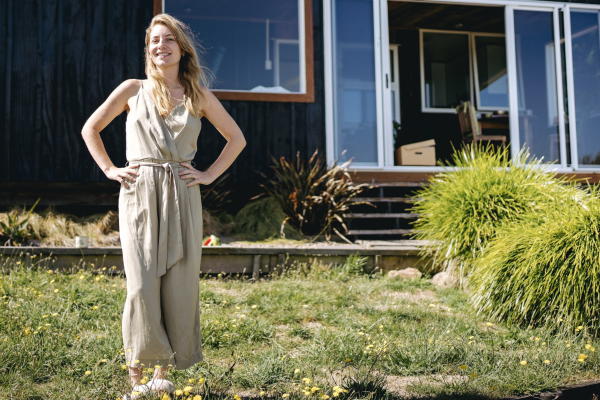Decluttering tips that make moving easier

Let’s be honest, moving house can feel overwhelming. Boxes everywhere, rooms half-packed, and that mystery drawer in the kitchen still brimming with takeaway menus and birthday candles from 2012. But with a little planning (and a few rubbish bags), decluttering as you move can make the whole process smoother, lighter, and mentally clearer.
Whether you're a seasoned mover or packing up your first place, these decluttering tips will help you sort, simplify and start fresh.
Why decluttering matters when moving
 Packing and moving everything you own forces you to take stock. Do you really want to haul that broken lamp or that coat you haven’t worn since 2019 to your new place? Probably not.
Packing and moving everything you own forces you to take stock. Do you really want to haul that broken lamp or that coat you haven’t worn since 2019 to your new place? Probably not.
Decluttering before you move gives you:
- Fewer boxes to pack and carry (hello cheaper moving costs)
- A smoother unpacking experience
- A fresh start at your new home
- And, most importantly, a calmer mind
Decluttering and mental health
Letting go of things can bring up a lot: memories, guilt, even anxiety. But clutter can weigh on your mental load. Clearing it out, bit by bit, can feel like clearing space in your head, too.
It’s not just about physical stuff, it’s emotional, too. That’s why it’s so important to go easy on yourself. Be realistic. Keep your expectations gentle. You’re not aiming for perfection, just a bit more breathing room.
What to declutter room by room
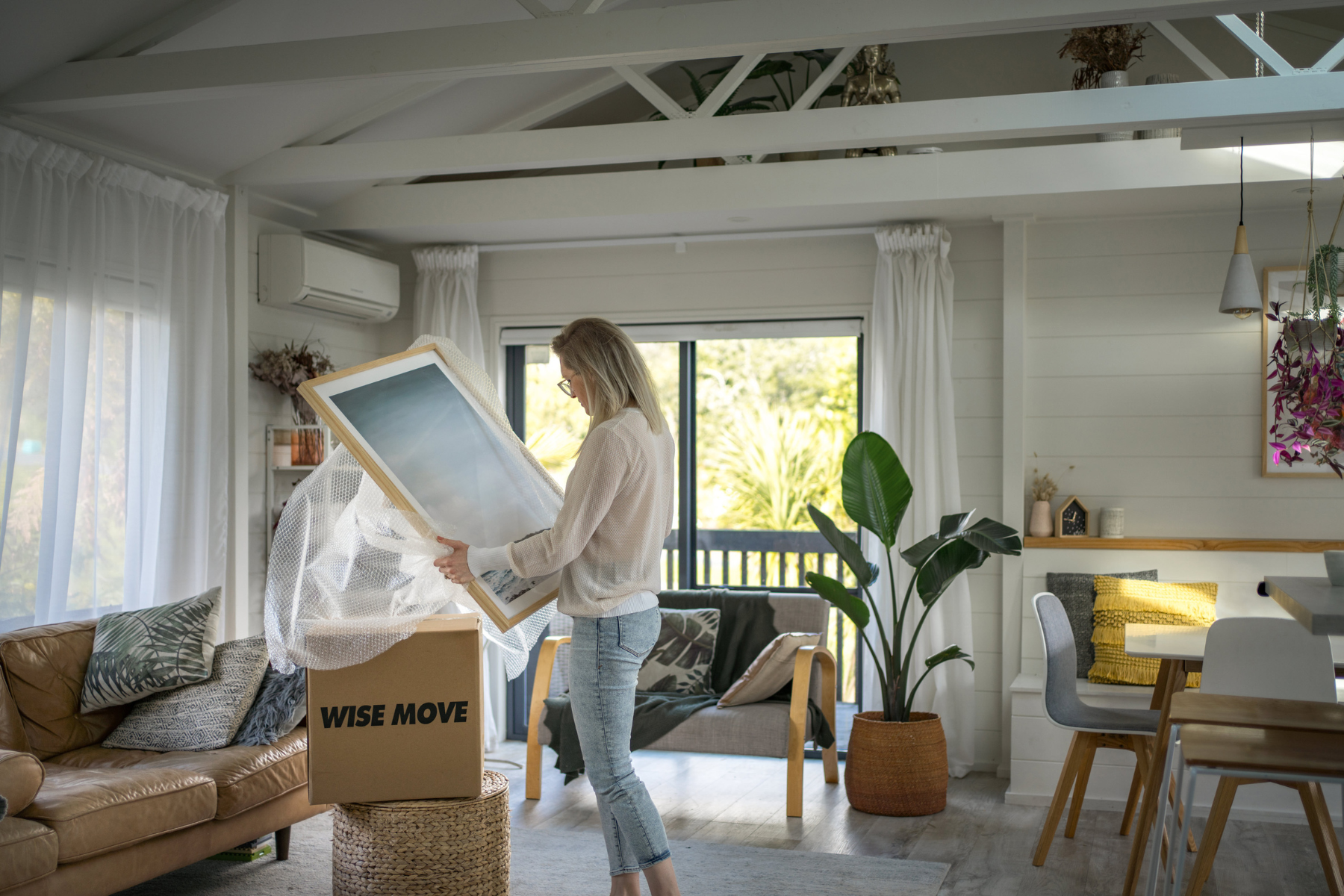
Breaking it down by room makes the job more manageable. Here's your space-by-space guide to what to keep, toss or donate.
Kitchen
- Toss expired pantry items and sauces you’ll never use
- Recycle old takeaway containers and chipped mugs
- That second drawer? Bin the junk, file the important bits, and re-home the rest
Bathroom
- Check use-by dates on medicines, makeup and sunscreen
- Ditch half-empty bottles you never reach for
- Organise what’s left with small tubs or drawer organisers
Bedroom
- Sort the wardrobe (more on that below)
- Clear under the bed and that catch-all drawer
- Donate or sell decor that won’t suit your new space
Wardrobe decluttering tips
Ask yourself:
- Have I worn this in the past year?
- Would I buy it again today?
- Do I feel good when I wear it?
If the answer’s no, it's time to donate, sell or sling.
Living room
- Pass on old books that you’ve never read, don’t intend to read and/or have no sentimental value.
- DVDs and unused tech can go. Who still watches DVD’s anyway?
- Be honest about the furniture, will it suit your new place?
- Clear out drawers, consoles and storage baskets
Office or study
- Recycle old paperwork and manuals
- Digitise documents if you can
- Organise cords, chargers and stationery into neat zones
Garage or storage
- If it’s been untouched for years, you probably don’t need it
- Donate tools, sports gear or camping equipment that are old tattered - or will never be used.
- Dispose of old paint, chemicals and broken items safely
For more detail check out our room-by-room packing guide.
How to declutter using the 1–3–5 method
This popular method breaks the job down into realistic, bite-sized chunks:
Each day, aim for:
- 1 big task: e.g. clean out all the kitchen cupboards
- 3 medium tasks: e.g. sort through toiletries, choose books to donate, clear a shelf
- 5 small tasks: bin some expired pantry items, throw out broken hangers
It helps keep your momentum going without burnout.
Your decluttering checklist
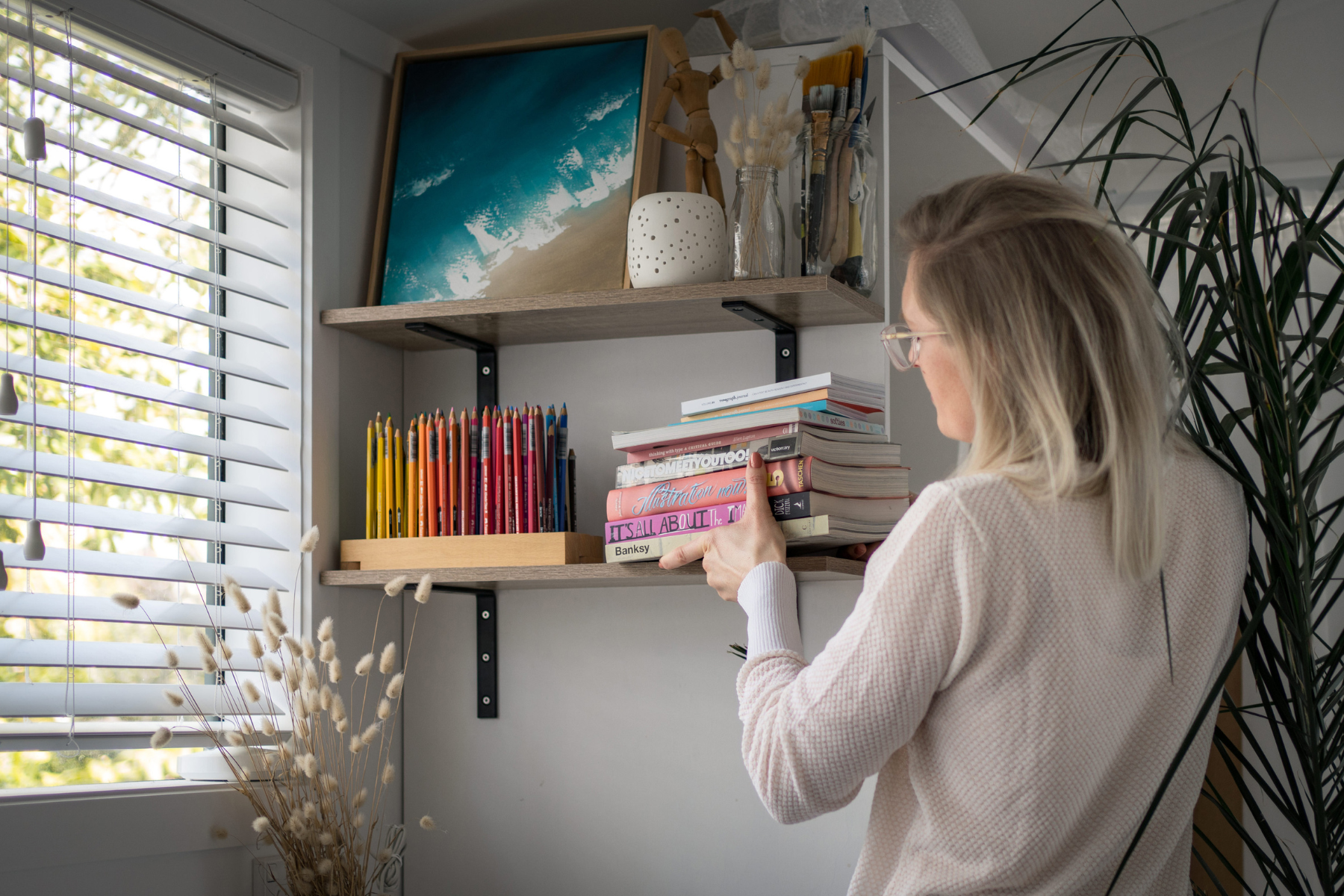
Want to avoid the last-minute scramble? Here's a loose guide to keep you on track.
4 weeks before moving
- Start with low-stress areas like spare rooms and the garage
- Begin listing items for sale on Marketplace or Gumtree
- Gather boxes and labels for sorting as you go
3 weeks before
- Declutter wardrobes, kids' toys and decor
- Drop donations to op shops or community hubs
- Decide what big furniture items won’t be moving with you
2 weeks before
- Tackle kitchen, bathroom and office
- Use up pantry and bathroom supplies to reduce what you need to move
- Recycle or securely dispose of any sensitive documents
1 week before
- Do a final sweep of all rooms
- Pack a “first few nights” box with essentials
- Clean and reset each space as it’s packed
Decluttering tips and prompts

It’s easy to get stuck in indecision, especially when the item in question might come in handy one day (even if it hasn’t in years). If you find yourself holding up an old kitchen gadget, a pair of jeans, or a stack of notebooks wondering, “Should I keep this?” start here.
These four simple questions can help cut through the noise:
- Have I used this in the last 12 months?
If it’s been sitting untouched for a full year, that’s a strong sign you don’t need it. Be honest with yourself. If it didn’t get pulled out during a birthday, a rainy day or a spring clean, it’s probably not essential. - Will I realistically use it in the next 12 months?
Maybe it’s a slow cooker you forgot you had or a pair of heels you’re saving "just in case." Ask yourself if you’re really going to use it in the coming year. If you hesitate, it might be time to pass it on. - Would I buy this again today?
This one’s powerful. If you saw this item in a shop right now, would you spend money on it again? If the answer is no, that’s a pretty clear signal it no longer fits your lifestyle or taste. - Does this item bring value to my life or just take up space?
Some things are useful. Others are meaningful. And then there’s the clutter. Items that no longer serve a purpose or bring joy but stick around out of habit. If it’s just filling a shelf, it might be time to let it go.
If the answer to any of these questions is no, the item can likely be:
- Donated to someone who will use and appreciate it
- Sold online to earn a few extra dollars
- Recycled if possible
- Or binned if it’s truly had its day
Every item you let go of makes space. Not just in your home, but in your head, your time and your energy. And that’s exactly the kind of clarity you want when stepping into a new chapter.
Where to donate, sell or upcycle

Once you’ve sorted what’s not coming with you, the next step is working out how to let it go responsibly. It’s tempting to throw everything into a skip, but with a little planning, many of your unwanted items can be reused, rehomed or properly recycled.
Here are a few ways to make sure your stuff ends up in the right place.
1. Donate to charity
Local op shops like the Salvos, Vinnies and Lifeline are always in need of quality second-hand goods, including clothes, books, homewares and furniture.
Got larger items like a couch, bedframe or dining set? You might not need to lift a finger. The Salvation Army offers a furniture pickup service for eligible donations, which is a great option if you’re short on time or transport.
2. Sell it online
If your items are in good condition, selling them on platforms like Facebook Marketplace, Gumtree or eBay is a great way to lighten your load and make a bit of extra cash. This works especially well for furniture, appliances, and clothing bundles.
3. Recycle what you can
Some items can't be donated or sold, but that doesn’t mean they should end up in landfill.
- E-waste, like old laptops, TVs, chargers and cables, should always be recycled through the right channels. If you’re unsure where to start, check out our guide on how to recycle e-waste in Australia.
- Mattresses are bulky and tricky to get rid of, but they can often be recycled through council services or specialty collection providers. Here’s how to dispose of a mattress the right way,so it doesn’t end up dumped at the tip.
- Local councils also run scheduled hard rubbish collections that include proper recycling and disposal of large or hazardous items. Be sure to check your area’s schedule in advance.
Start fresh, with less
 Decluttering when moving isn’t just about cleaning out your cupboards, it’s about clearing space for something new. New memories, new energy, new beginnings. When you take the time to move with intention, you arrive lighter, calmer and more ready for whatever comes next.
Decluttering when moving isn’t just about cleaning out your cupboards, it’s about clearing space for something new. New memories, new energy, new beginnings. When you take the time to move with intention, you arrive lighter, calmer and more ready for whatever comes next.
And when it comes time to actually move? With Upmove you can find and book trusted moving professionals who’ll handle the heavy lifting, so you can focus on the fun part: turning your fresh start into a home.
What do our customers say?


